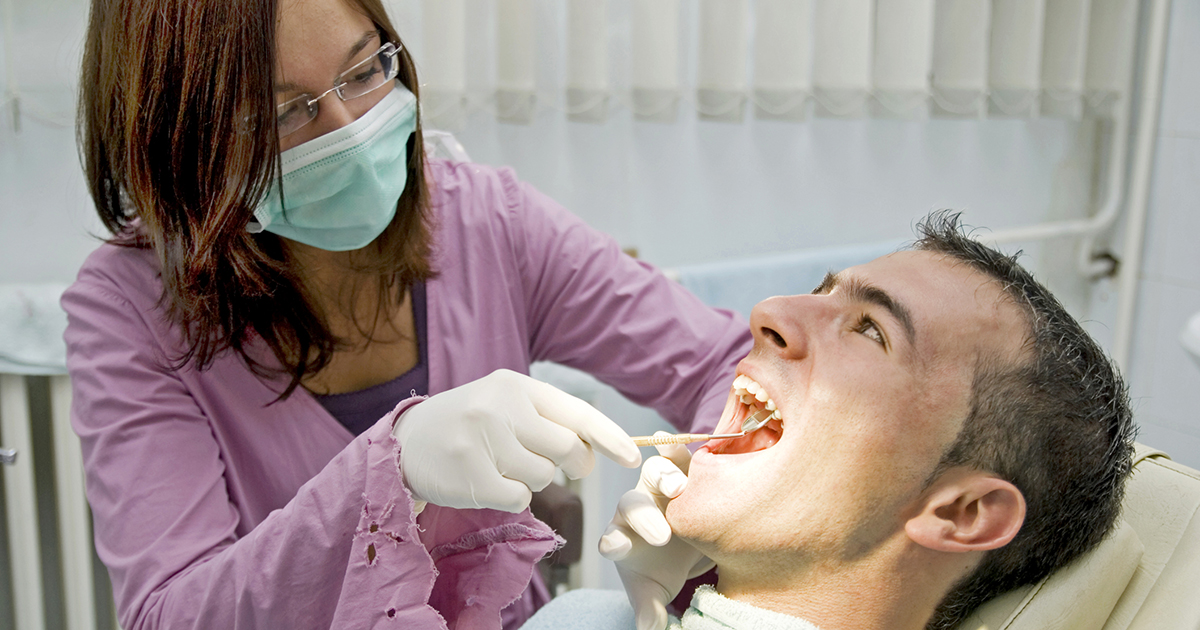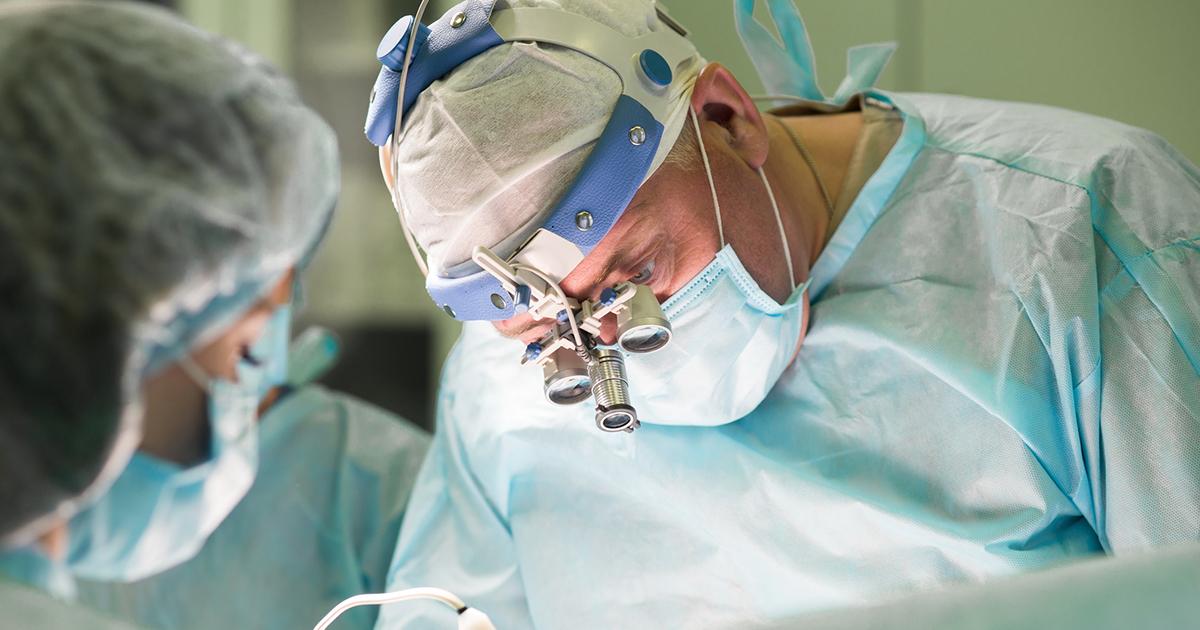Hypophosphatasia Treatment Options
Hypophosphatasia is the interference of normal mineralization of an individual’s bones and teeth. It is an inherited and relatively rare metabolic disorder found in both adults and children. While there are not currently any findings to cure hypophosphatasia, there are several treatment options to manage symptoms. Symptom management is crucial to maintaining a quality of life in all sorts of conditions, even beyond hypophosphatasia. Managing symptoms prevents anything from getting too out of hand and allows patients to live as normally as possible. Start reading now to discover some of the options available to patients for treating hypophosphatasia.
Dental Monitoring

The first treatment, dental monitoring, is a system by which the patient and the patient’s orthodontist monitors the progress of the patient’s teeth through the use of pictures, remote progress updates, and tracking the patient’s progress. The orthodontist can easily follow the progress of the patient both remotely and in the office, allowing for less frequent visits, more efficiency, and more progress. This can be useful for hypophosphatasia because patients and doctors can monitor whether or not their teeth are maintained fairly well despite the lack of normal mineralization required. This process also ensures the doctor is spending time with the patient and allowing them to feel properly cared for.
Reveal the next treatment option for hypophosphatasia now.
Restriction Of Calcium And Vitamin D In Diet

While both of these are generally highly recommended in a healthy diet, for hypophosphatasia, patients should consider restricting calcium and vitamin D in their diet to better combat the symptoms of hypophosphatasia. If you restrict calcium, vitamin D should also go hand-in-hand with it, as the use of vitamin D is primarily to break down calcium. With less calcium in the diet, the diagnosed individual will be able to manage their symptoms better and, hopefully, keep to something closer to normal mineralization of their bones and teeth.
Keep reading to review the details of the next treatment for hypophosphatasia now.
Physiotherapy

As most patients diagnosed with hypophosphatasia experience pain and loss of function of some movements due to the abnormal development of their teeth and bones, physiotherapy is a highly recommended form of treatment to help manage it. As defined by the Chartered Society of Physiotherapy, one may expect it will "help restore movement or function" to the affected individual. This treatment method will help the patient experience less pain and more functionality in their everyday lives in their continuous journey to live a more comfortable life as they manage their hypophosphatasia. This applies to individuals of all ages and can be used for cases involving both children and adults.
Continue reading to uncover more ways to treat hypophosphatasia now.
Occupational Therapy

Another great form of therapy used for aid in managing symptoms of hypophosphatasia, occupational therapy can be used to help individuals maintain their everyday lives. As per the American Occupation Therapy Association Inc., this form of therapy can be used to help individual’s in their routines such as home chores, work environments, and school environments by helping them maintain functionality in smaller tasks. Therapists may also visit these various environments to ensure individuals can manage their symptoms and are properly cared for due to their symptoms in each. These evaluations allow individuals to continue to keep the functionality of their lives as they continue to manage hypophosphatasia.
Reveal the next option when it comes to treating hypophosphatasia now.
Surgery

In the most severe of cases, surgery may be needed for the individual to manage their symptoms. According to health experts, this kind of care may be needed for a variety of circumstances. For example, if there is a breaking down of the teeth, individuals may need to experience various orthopedic surgical treatment to continue to live something close to a normal life. Likewise, if there is any breaking down of the bone structures (e.g., fractures or deformities, the patient may need rods inserted and will also have to undergo surgical treatment so the rods can be properly placed and the bones may maintain proper support. While this may only be in severe cases of hypophosphatasia, it is recommended to keep in constant contact with an individual’s doctor to ensure the patient is living the most comfortable life manageable and that surgery is not currently a needed treatment.
